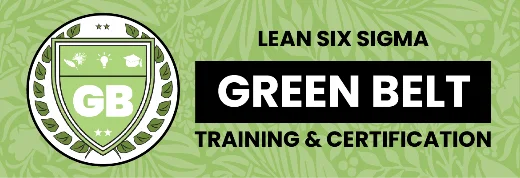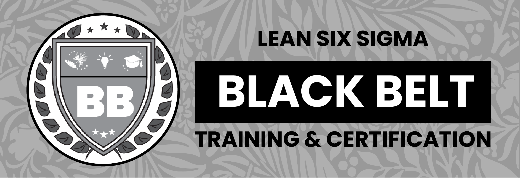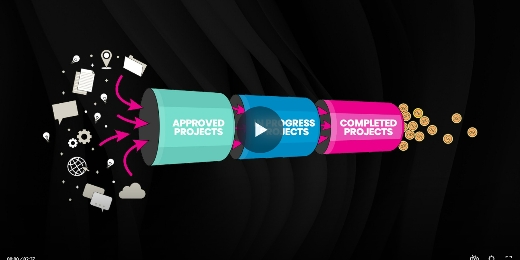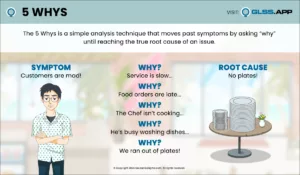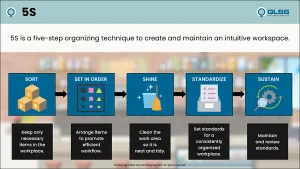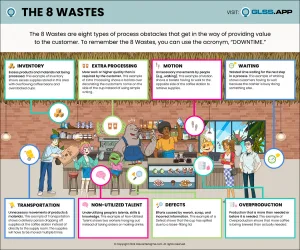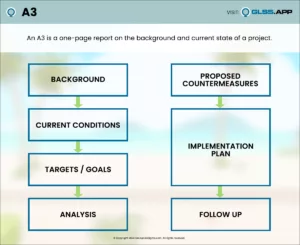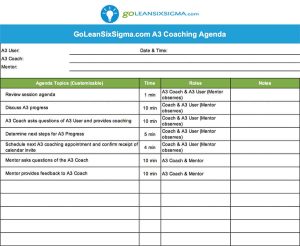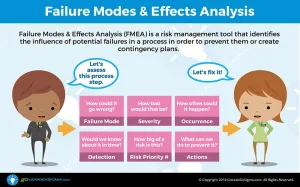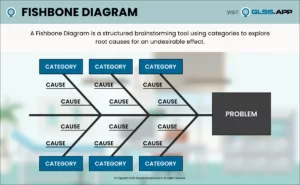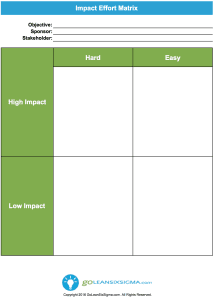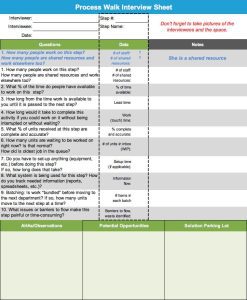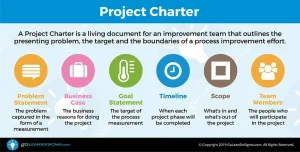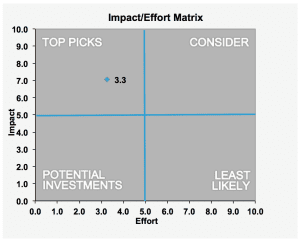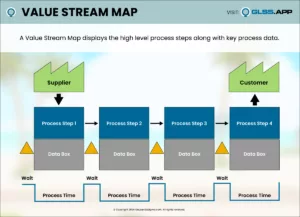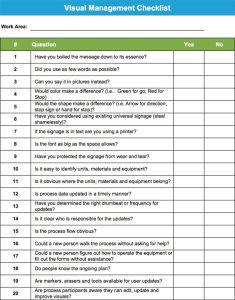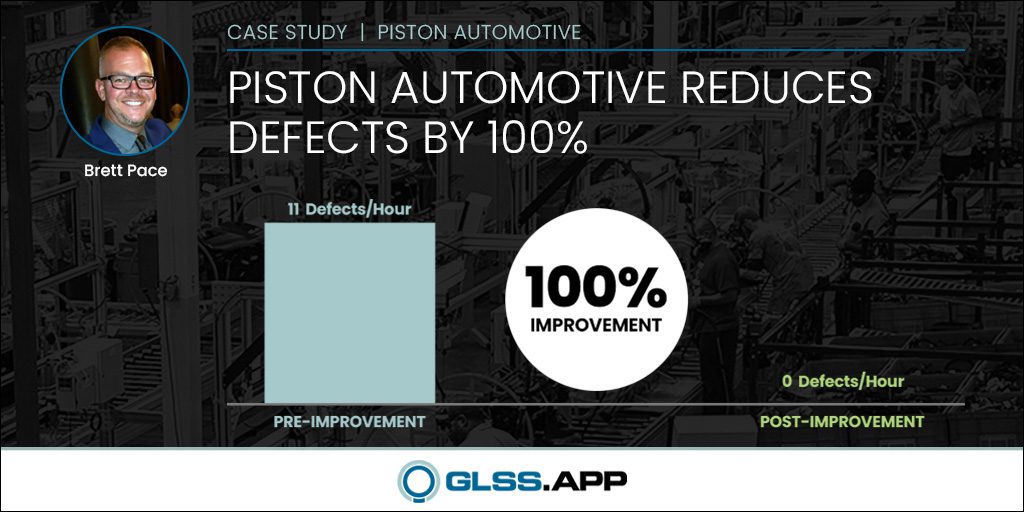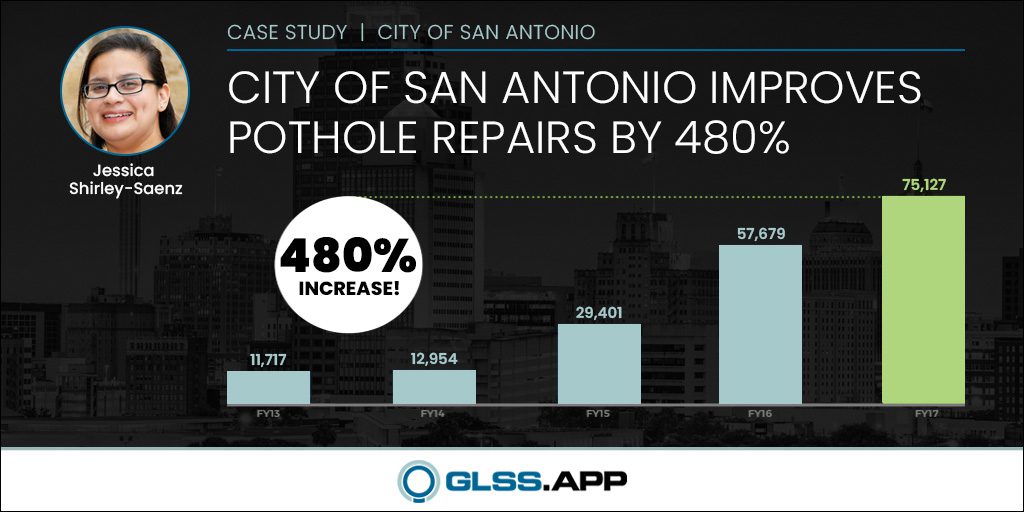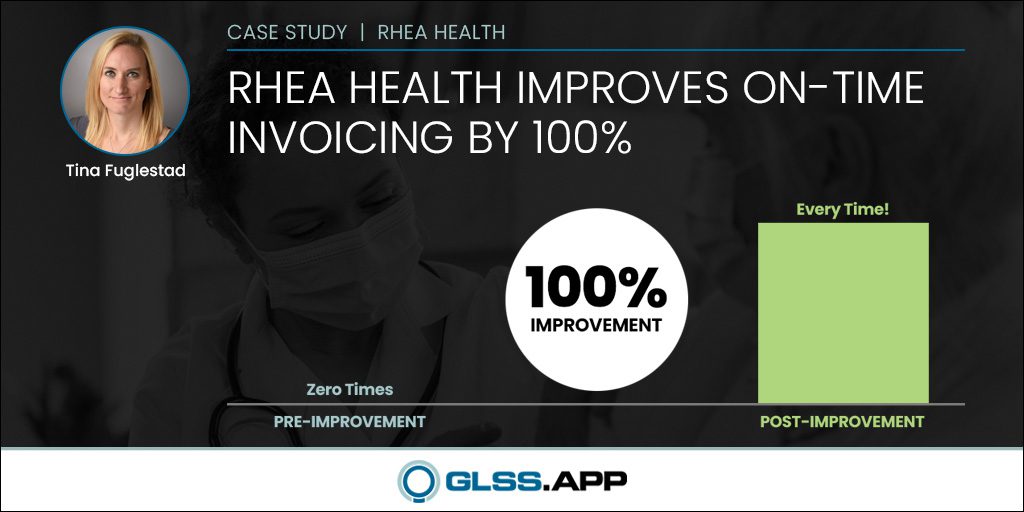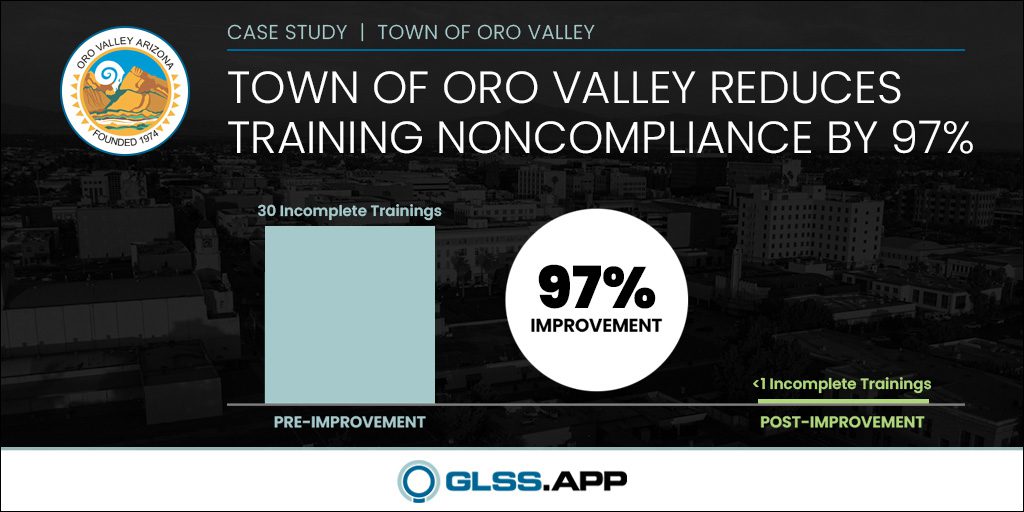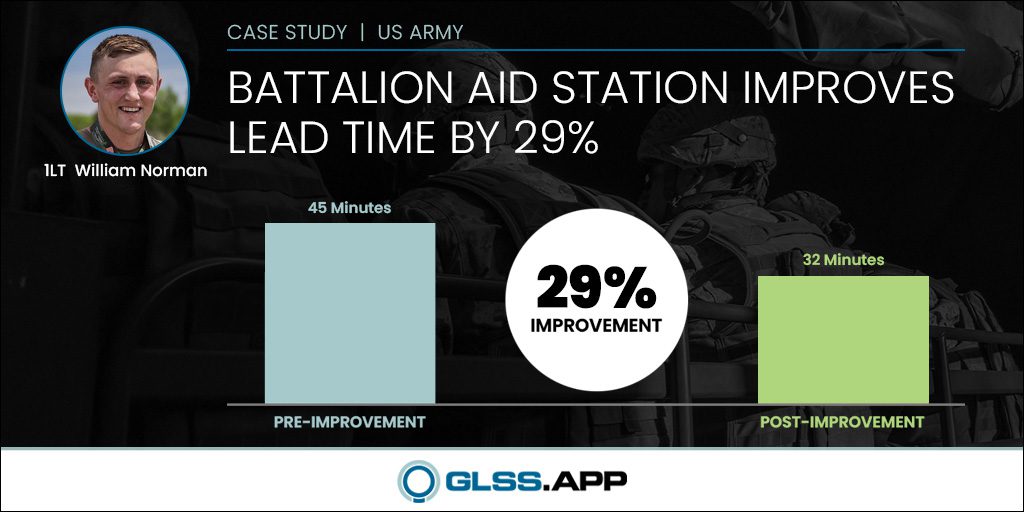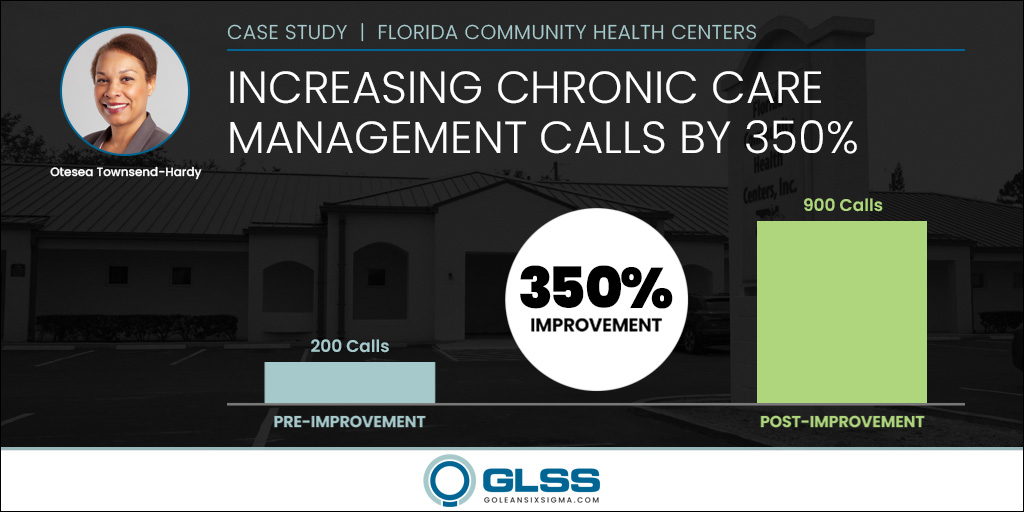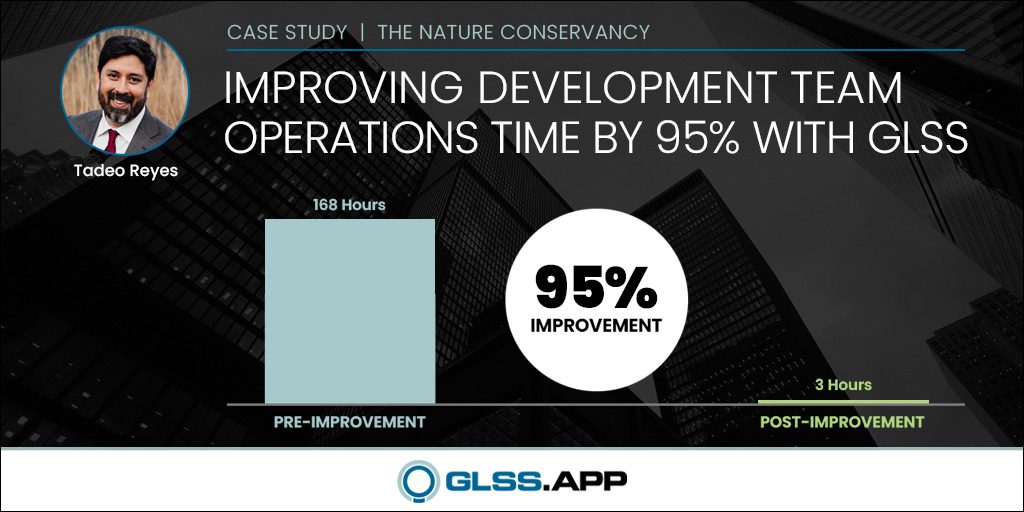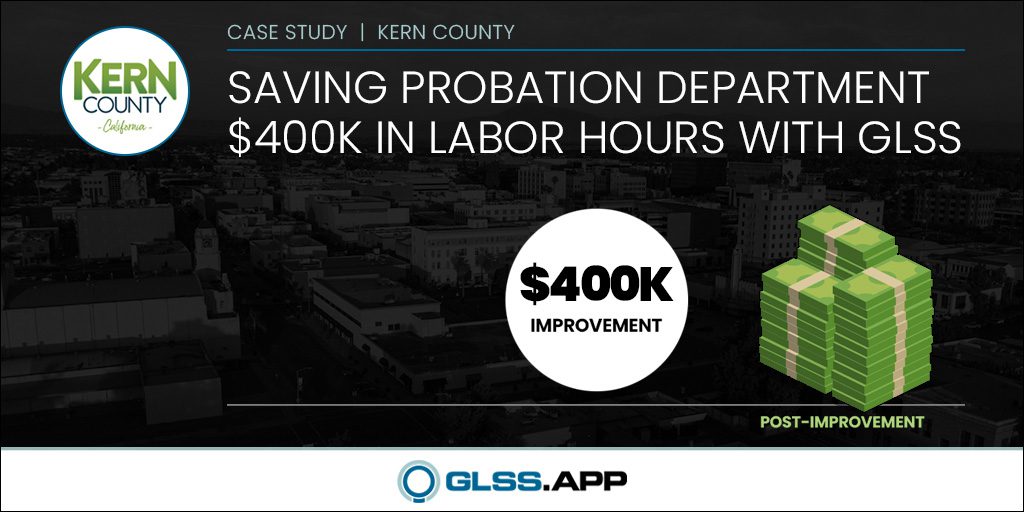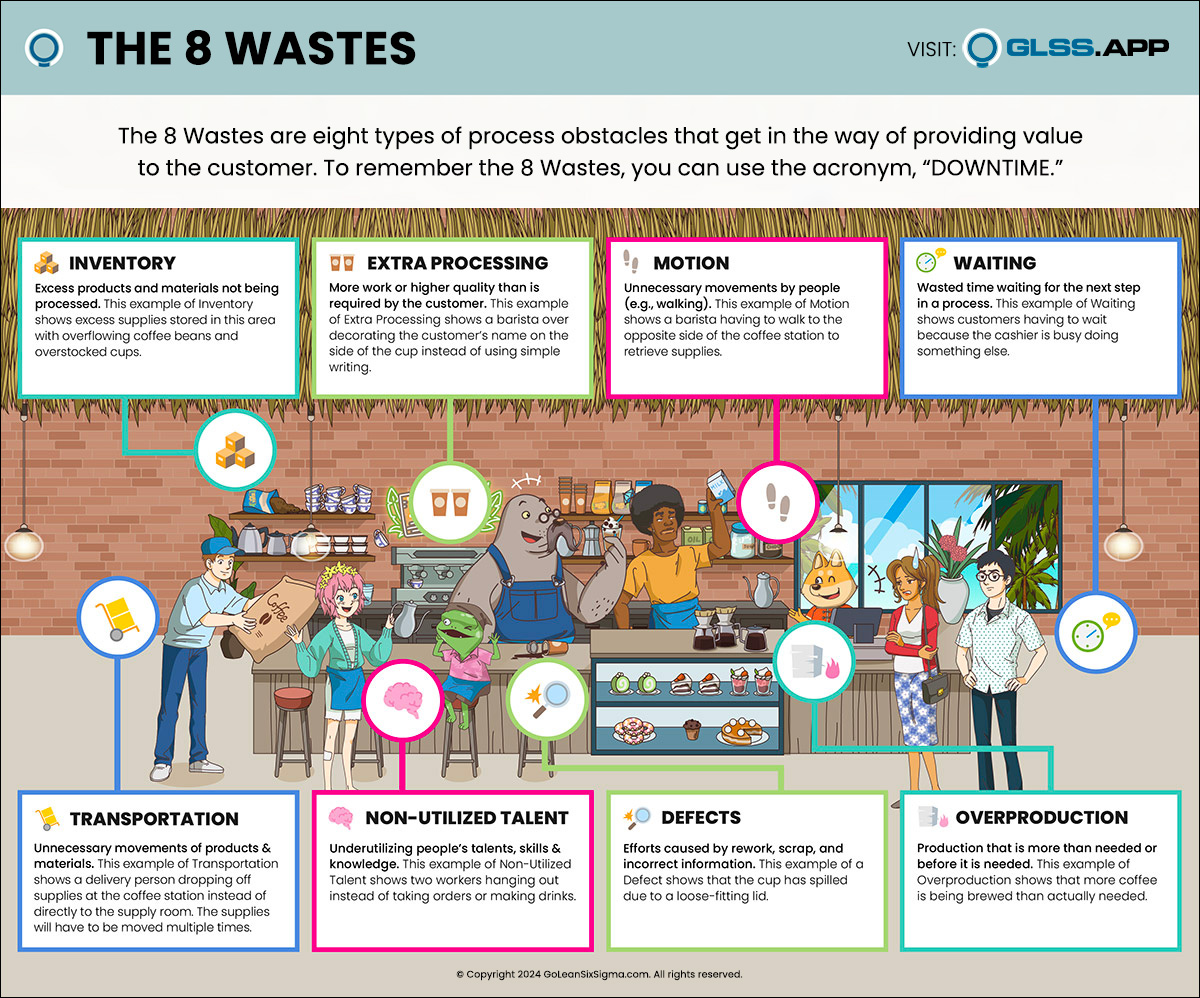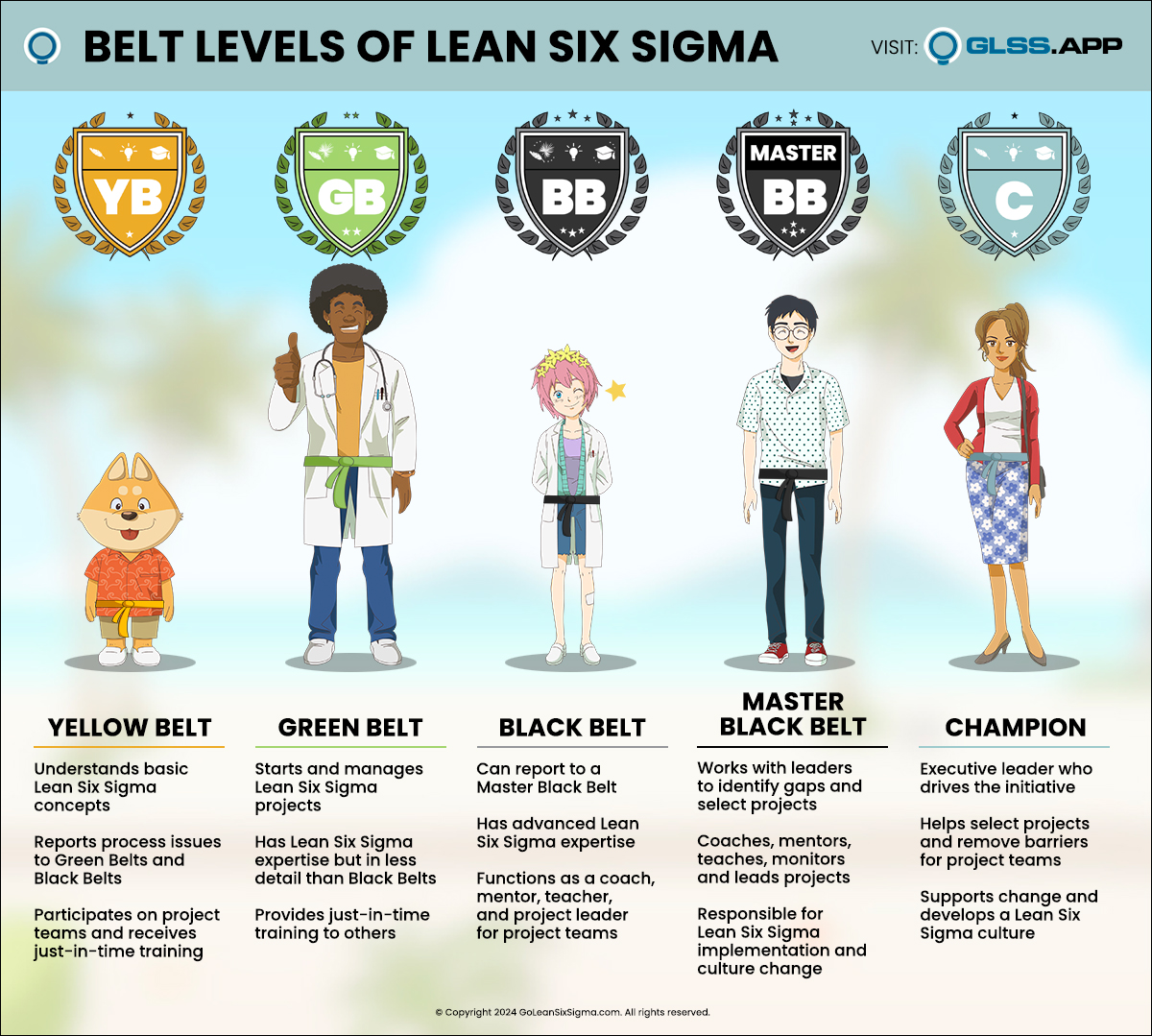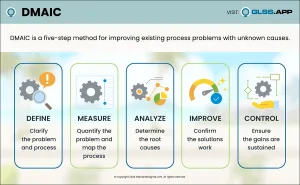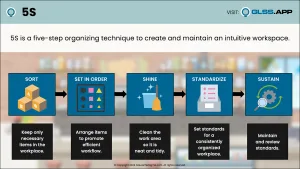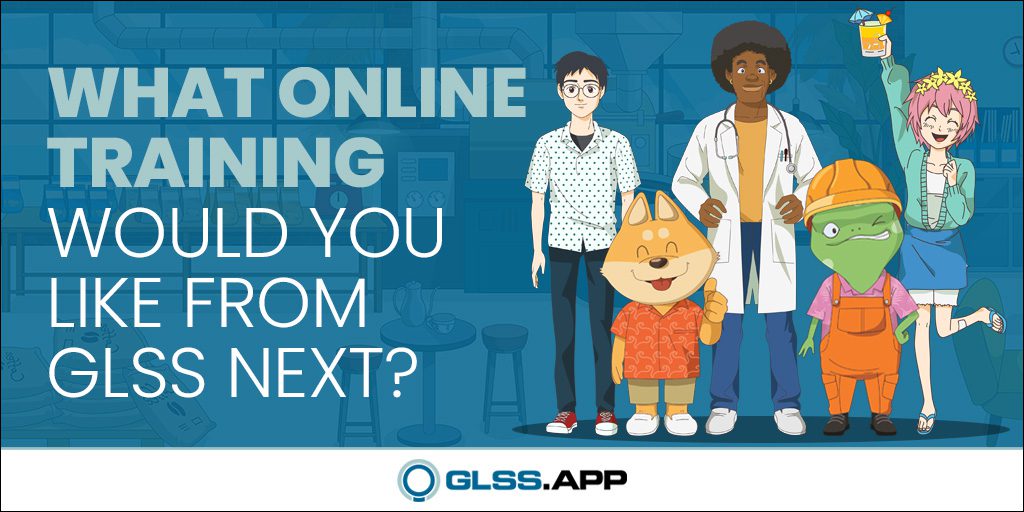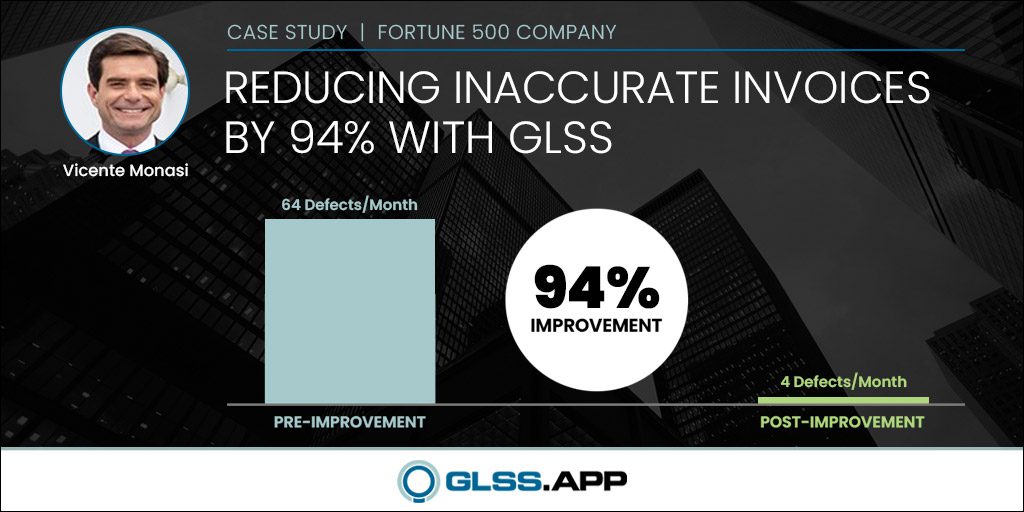Like using a detailed blueprint in construction, A3 problem solving provides a detailed plan to build a solution.
The A3 methodology is a structured approach we use in Lean Six Sigma (LSS) to address and solve complex problems. Many of these issues are related to waste reduction through analysis of the 8 Wastes and Continuous Improvement.
Using A3 fosters clarity, communication, and collaboration among team members. It provides a standardized format to document the problem, root causes, proposed solutions, and action plans.
We’ve helped countless organizations and their teams develop an effective problem-solving mentality by implementing A3.

History of A3
Toyota developed the A3 methodology for problem-solving in the 1960s. It’s a one-page document that could easily be viewed and faxed across its organization. The size of the document is called A3, an international metric standard.
Like blueprints, not every A3 document will have identical layouts. The approach matches the process identified for improvement in a logical way. Often, users will align the A3 functions with steps of DMAIC (Define, Measure, Analyze, Improve, Control).
Benefits of Using A3
The benefits of using A3 are immense. Companies that employ this approach solve problems more efficiently and effectively by focusing on root causes and making data-driven decisions.
A3 documents are concise and easy to understand visually, communicating complex information clearly and succinctly. It also instills collaboration for process improvements through accountability, buy-in, and shared objectives.
Other benefits include team development, company growth, easier planning, problem-solving, and more.
Examples of A3 Templates
Many organizations that use Lean Six Sigma have developed A3 templates that work best for them.
Here are a few examples of A3 templates:
This is the ideal format for when your problems are not overwhelming or are really minor. They’re just the right size to align with the A3 format.
Traditional A3s work great, but what makes this an excellent method of problem-solving is its flexibility. You and your team can find a variety of ways to make it work in your industry for whatever issue you’re trying to solve.

DMAIC plays a central role in LSS and can help with creating A3s by ensuring you cover the main areas of Define, Measure, Analyze, Improve, and Control. In doing so, you have all of the essential information about the process, from measurements to those involved, in one place.
Types of A3s
A3 documents—while serving a similar purpose—may have different layouts or “looks.” Here are three of the more common types people use.
A3 Storyboard
A storyboard involves mapping the problem-solving process on a sequence of frames or sections. This is a visual approach to facilitate communication and coordination between participants.
Each storyboard frame represents a key step or concept in the document.
A3 Report
A3 reports involve structuring the problem-solving process in a formal written document. The sections are still clearly separated and labeled, with detailed and systematic overviews of topics such as analysis, solutions, and implementation steps.
This document type is more straightforward and factual, giving information and instructions in paragraph form.
A3 Analysis
An A3 analysis is more conceptual, meant for use with visual aids such as graphs, charts, and bullet points that can show graphic representation while also providing written context and explanation.
This type of document is excellent for approaches involving brainstorming and compare-and-contrast models.
The 5 Steps in an A3 Problem-Solving Document
Regardless of the A3 template format, similar information is found in every A3 problem-solving document, often aligning with the 5 steps of DMAIC.
Other essential steps to structuring information include:
1. Describe the Current Problem
To properly address a problem, all parties involved need a thorough understanding of it. This is a key first step to communicating clearly and effectively and getting buy-in from all stakeholders. A Problem Statement and specifics such as scope, objectives, and impact are often issued.
2. Provide Background Information
Providing context and background information about the problem or opportunity for improvement is crucial. This step outlines the issue, its impact, why it’s important, and any relevant history or trends related to the issue. Often this is documented by users who have observed or have first-hand knowledge of the process in question.
3. Perform a Root Cause Analysis
Once you establish a solid understanding of the problem and its background, you need to identify and analyze its root causes. Tools such as the 5 Whys, Fishbone Diagram, or Pareto Analysis help explore the underlying causes or symptoms, and from there, you can determine the most effective solutions.
4. Devise an Action Plan
Once you identify the root causes, you can propose countermeasures and solutions. This step involves brainstorming potential resolutions, evaluating their feasibility, and developing action plans to implement them.
The countermeasure outlines specific steps, responsibilities, timelines, resources, costs, etc., for effective execution. A good countermeasure should specify the outcome, create clear connections between everyone involved, and eliminate potential waste.
5. Follow-up
This step is critical to learn and make any needed corrections to the action plan. A follow-up plan can include tracking progress, measuring outcomes, verifying the effectiveness of solutions, conducting regular reviews and checkpoints, etc., all with the goal of comparing the actual results of the plan against the predictions. It’s normal to go back and revise the plan to sustain or boost improvements.
Just like following blueprints in construction, following the A3 methodology can provide a structured and measurable set of directions for a problem-solving system in LSS.
We can help you and your team learn and implement LSS methodologies to optimize your processes and create a problem-solving culture. Try our free training now and apply it to your projects today.



